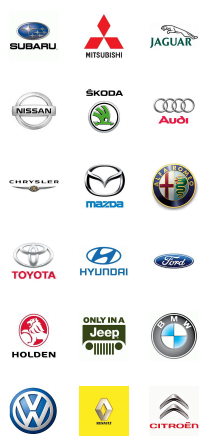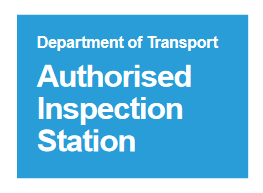Call us: 08 9354 3522 | Unit 1/32 Roxby Lane, Willetton WA 6155
BRAKE REPAIRS
Your brakes are the most important safety feature your vehicle has. While other safety systems, such as airbags, can only act to reduce the severity of an accident, your brakes can act preventatively, and the condition of your brakes often means the difference between an accident and an emergency stop.
Your brakes suffer an astonishing amount of wear. Afterall, they routinely bring over a tonne of material, moving at high speeds, to a complete stop. For this reason we agree with brake manufacturers that you should have your brakes checked at least once a year.
Here at Jensen Automotive Service & Repair, we strongly recommend that you have your vehicle’s braking system inspected on a regular basis and that quality auto parts are used when given the choice.
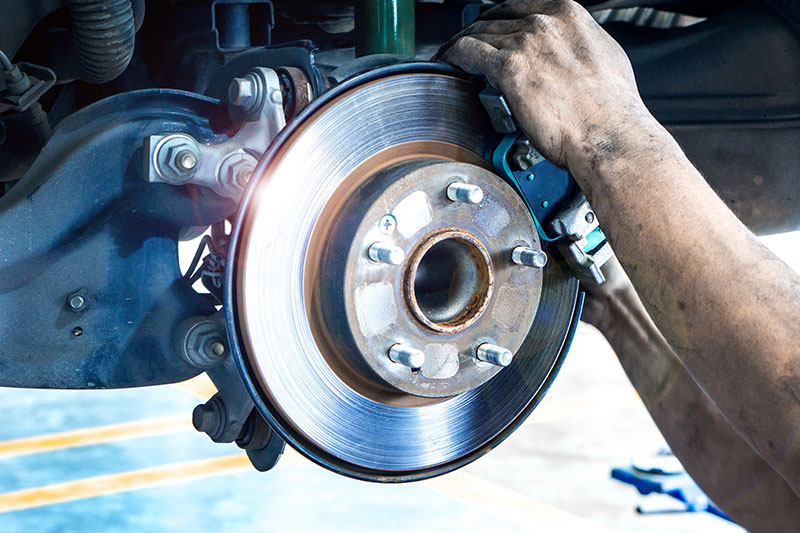
At our modern workshop we can assist customers with brake disc repairs, parts and replacements, drum brake repair, parts and replacement, ABS systems and electronic handbrakes. This will ensure that no matter the conditions when out on the road, you will be able to bring your vehicle to a complete stop within a safe stopping distance.
For more information or to book your vehicle in for a brake inspection, please click below to contact us today!
Brake Warning Signs
- Grinding noise when applying the brakes
- Steering wheel or brake pedal shaking whilst braking
- Drifting to the left or right when braking
- “Spongy” feel when pushing the brake pedal
- Extended braking distance / taking longer to come to a complete stop
- Lit brake warning light
How Often Do My Brakes Need Checking?
Jensen Automotive recommends that your brake fluid should be changed every one or two years. Brake fluid is hydroscopic, which means it absorbs water. This will eventually dilute the fluid, lowering its boiling point and making it less resilient to the heat generated by your vehicle’s brakes. It can also result in corrosion and faster wearing of internal brake components.
Your brakes’ surfaces can be checked simply by examining the surface of your brake disc for grooves or uneven surfaces. These all affect the stopping power generated by the application of the brake pads.
Why do Brakes Need Such Regular Checking?
The brake disc is the component of a disc brake against which the brake pads are applied. The material is typically a form of cast iron, but the design of the disc varies somewhat. Some are simply solid, but others are hollowed out with fins or vanes joining together the disc’s two contact surfaces (usually included as part of a casting process). The weight and power of the vehicle determines the need for ventilated discs. The “ventilated” disc design helps to dissipate the generated heat and is commonly used on the more heavily loaded front discs.
Other forms of disc ventilation include cross drilling, where holes are drilled straight through the brake disc, more common with high-performance vehicles in the 1960s; and slotting, where shallow channels are machined into the disc to better aid in displacing dust and gas, which is preferred for modern high-performance vehicles.
Drum Brakes operate on a similar principal, except that the brake pads are inside a hollow brake drum, and when you press the brake pedal, the pads are pushed outwards to wear against the brake drum, turning the kinetic energy from the wheel turning into heat energy through friction. Drum brakes have an issue which disc brakes don’t: When the pads are against the drum, the metal detritus that is worn away ends up stuck in drum, and over time it can clog up the drum brake, as opposed to disc brakes where the detritus and residue is free to blow away onto the wheel or road.
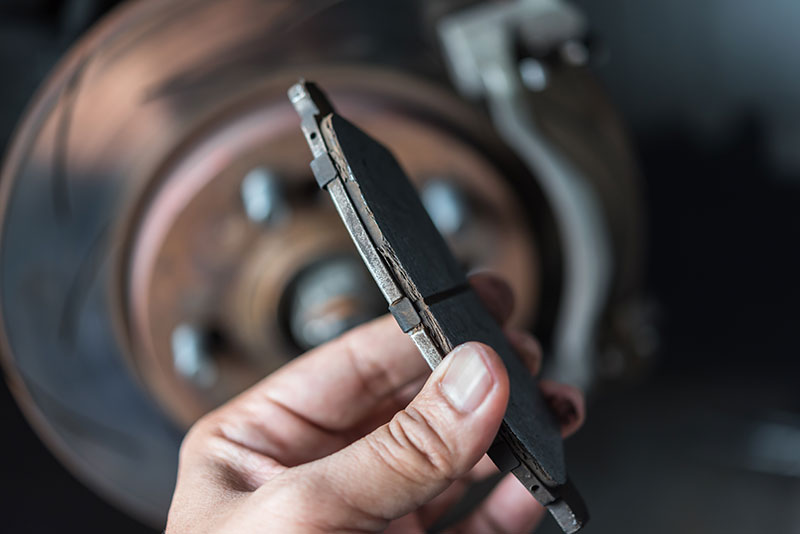
As the brake disc (sometimes referred to as a brake rotor) wears down, grooves can start to develop in its surface, reducing the surface area the brake shoes can act upon. This reduces effectiveness and increases heat which speeds up deterioration of the pads and contributes to glazing of the disc surface which dampens your vehicle’s stopping power. Our workshop at Jensen Automotive is equipped for the machining of the brake disc’s surface; this is best thought of as “skimming” the brake disc to keep the surface smooth and free from glazing.
It’s important to note, however, that this process does reduce the disc’s thickness; too much machining can result in warping and failure of the system will occur. In this case replacement of the discs are the only option, and we have a comprehensive range of replacement parts to maintain your vehicle’s stopping power.
For drum brakes, as soon as grooves start to develop, it’s time to replace the brake drum.
Total Car Care – That’s Jensen’s Resolve
Keeping you safe and your car servicing costs affordable
Click Now to Find Out How!
QUICK LINKS
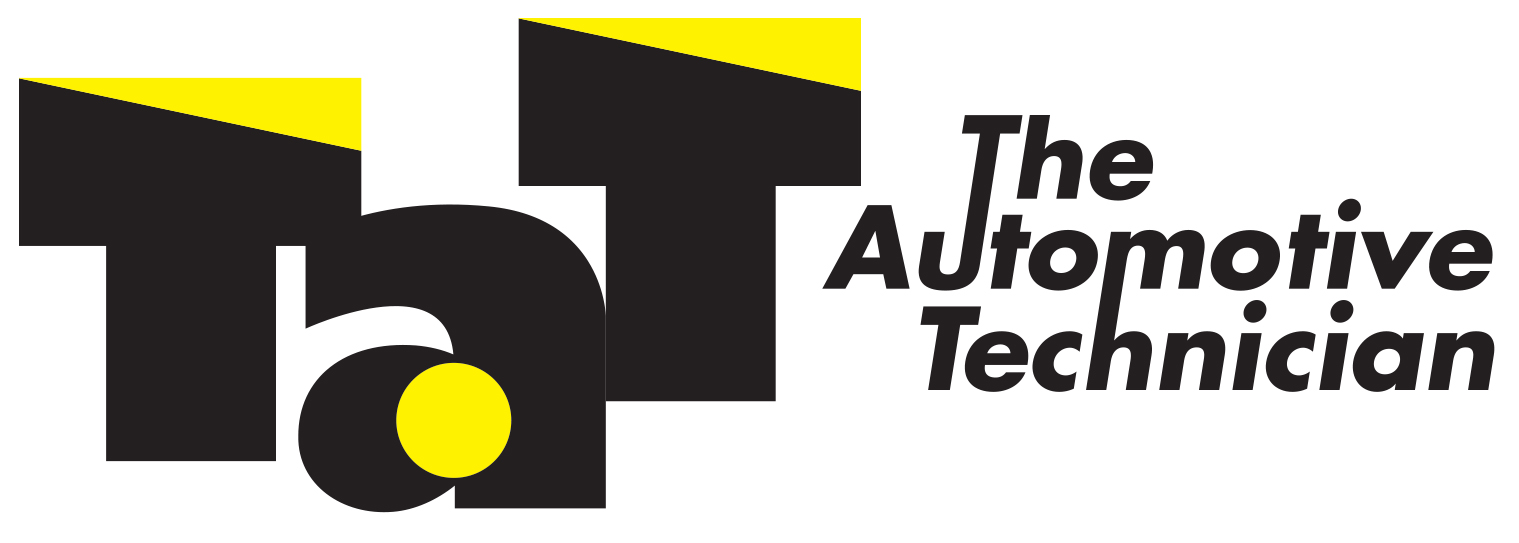



MRB 4497


